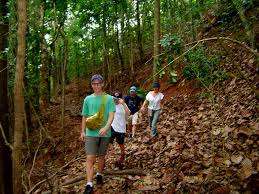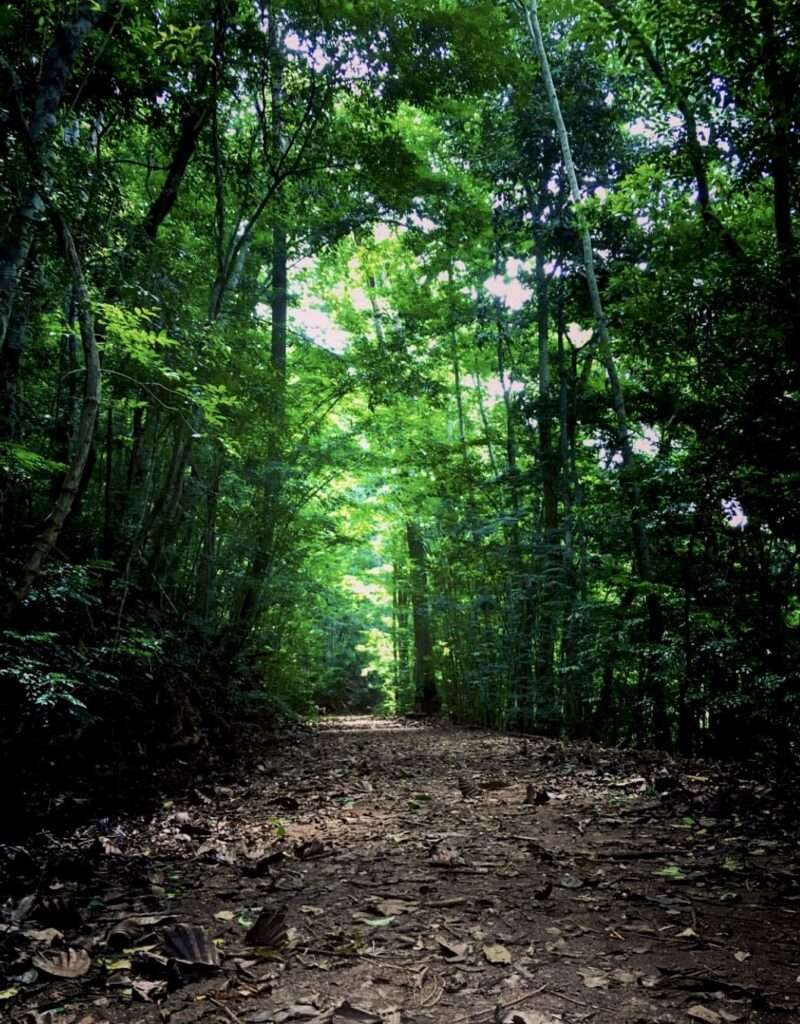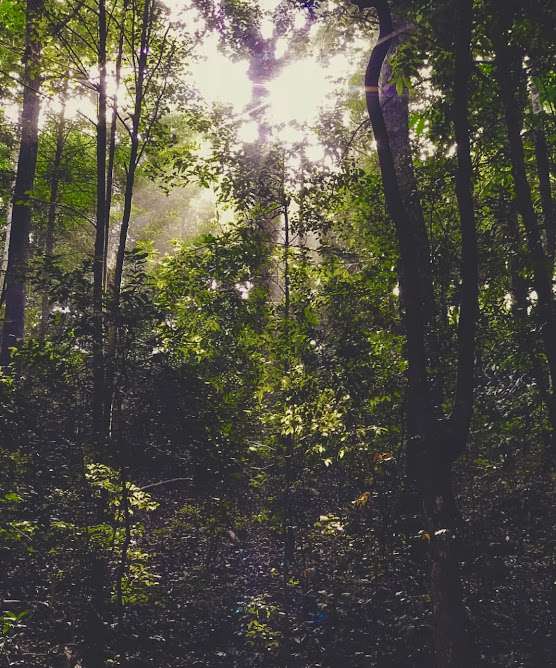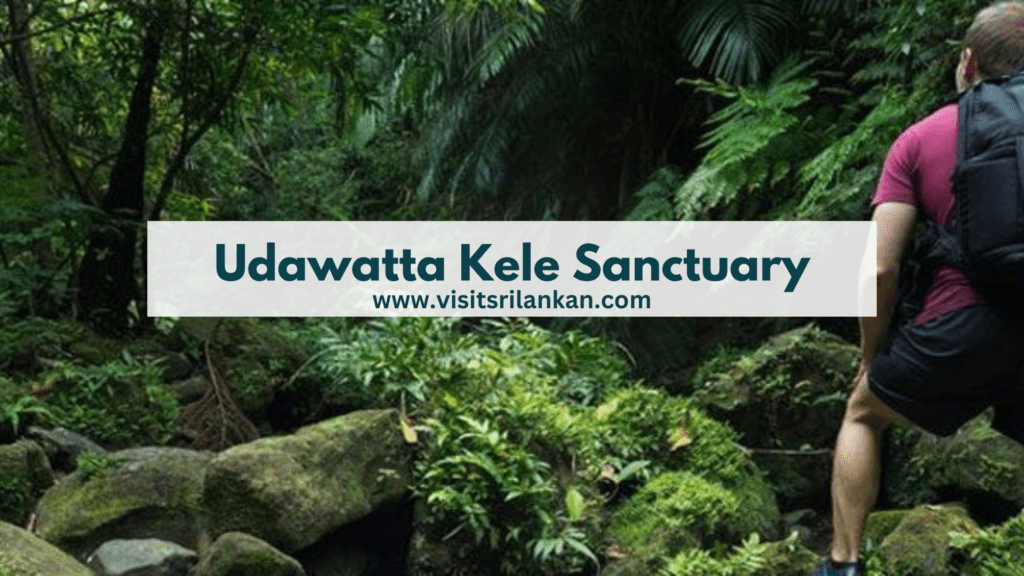Introduction
When it comes to exploring the breathtaking natural beauty of Sri Lanka, the Udawatta Kele Sanctuary in Kandy stands out as a must-visit destination. Located just a stone’s throw away from the bustling city center, this sanctuary offers a tranquil escape into the lap of nature. In this article, we will delve into the history, biodiversity, attractions, and conservation efforts of Udawatta Kele Sanctuary, providing you with all the information you need to plan an unforgettable visit.
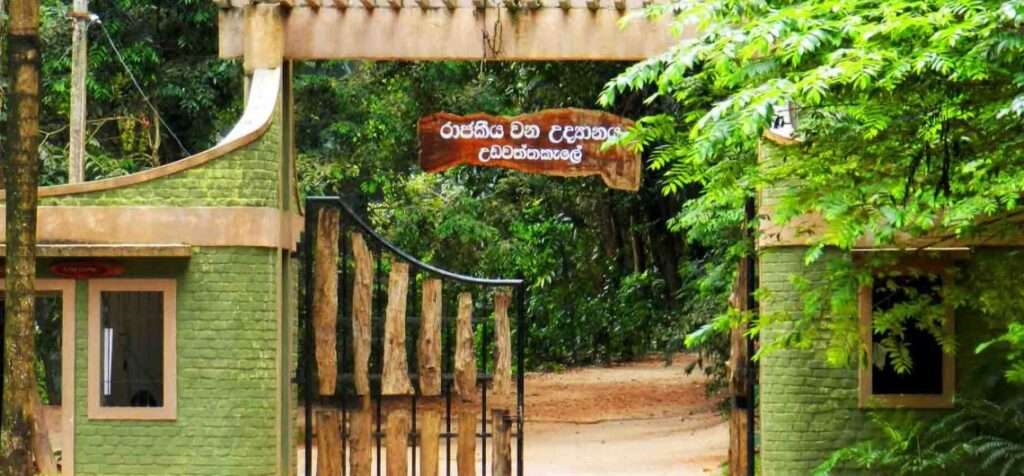
1. History of Udawatta Kele Sanctuary
The Udawatta Kele Sanctuary has a rich historical background that dates back to ancient times. Originally used as a pleasure garden by the Kandyan kings, the sanctuary was later protected by the British colonial administration to preserve its natural splendor. Today, it stands as a testament to the harmonious coexistence of cultural heritage and ecological conservation.

2. The Lush Biodiversity
The sanctuary spans approximately 257 acres, encompassing a diverse range of flora and fauna. Towering tropical trees, vibrant orchids, and endemic plants paint a lush green canvas, providing a sanctuary for various wildlife species. Among the most notable inhabitants are colorful birds, elusive monkeys, and even occasional leopards, making it a paradise for nature enthusiasts and wildlife photographers.
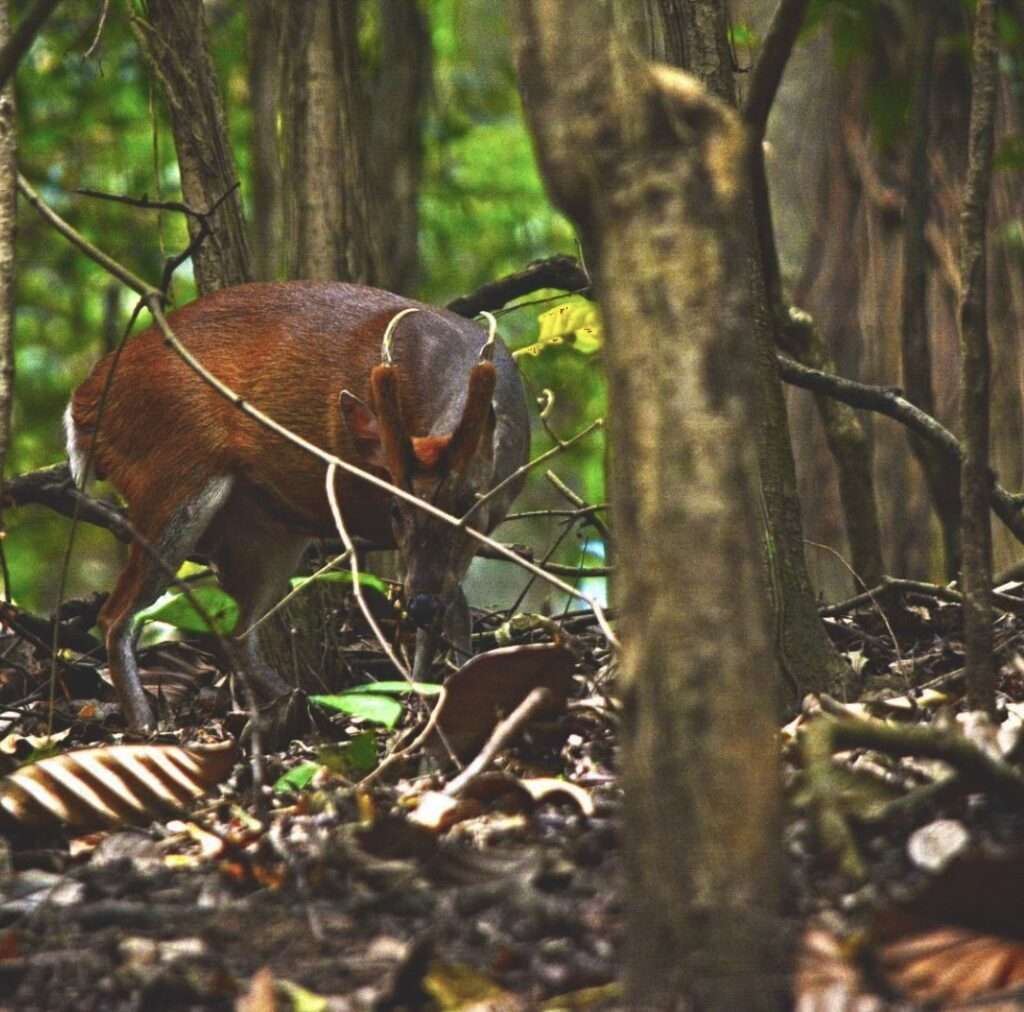
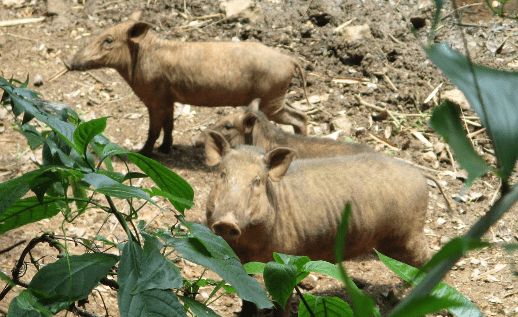
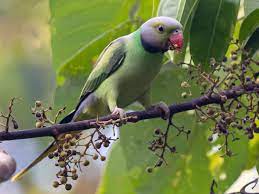
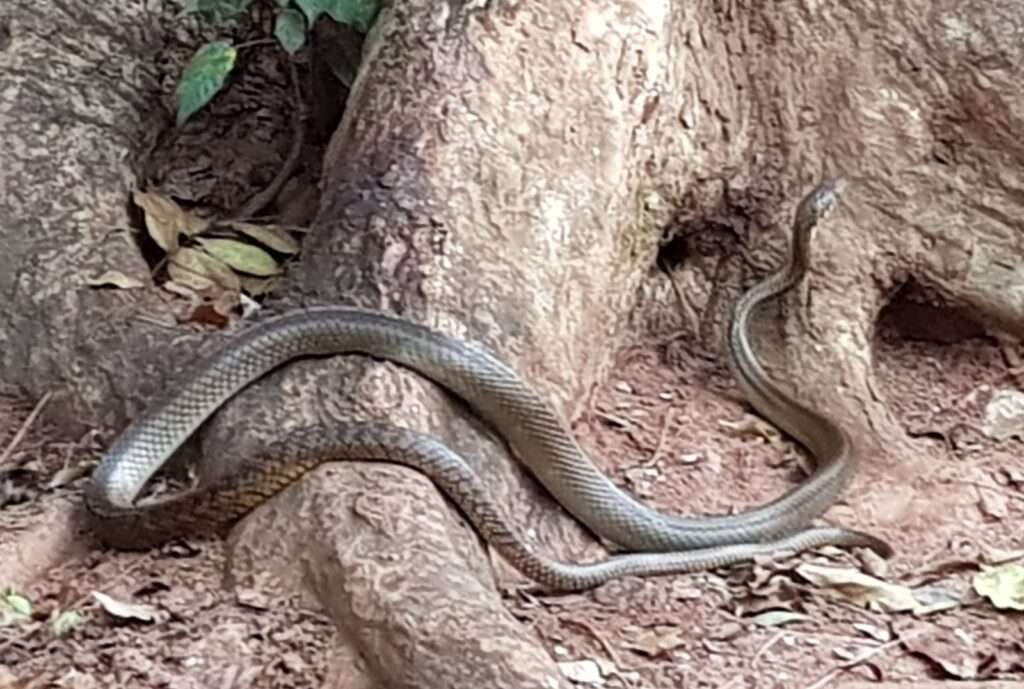
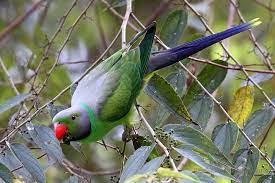
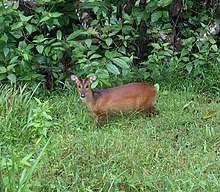
3. Exploring the Trails
Udawatta Kele Sanctuary boasts a network of well-maintained trails that wind through the forested landscape. The trails cater to all levels of hikers, from easy walks to more challenging treks. Each trail leads to scenic viewpoints, ancient ruins, and natural ponds, allowing visitors to immerse themselves in the unspoiled beauty of the sanctuary.
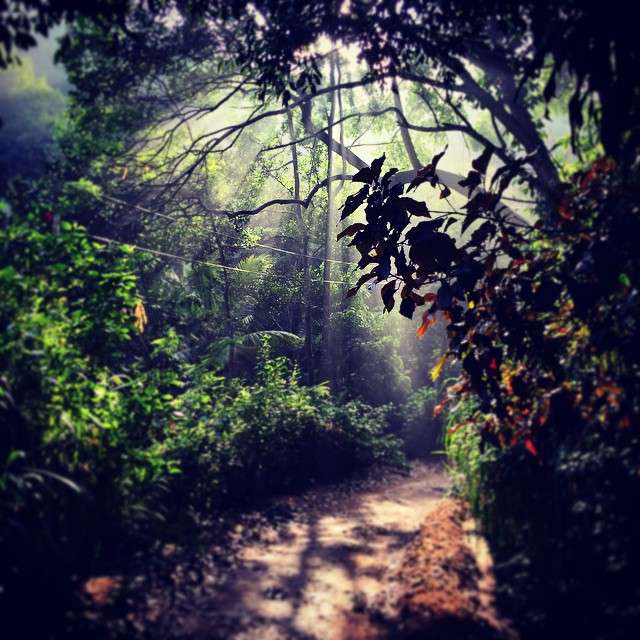

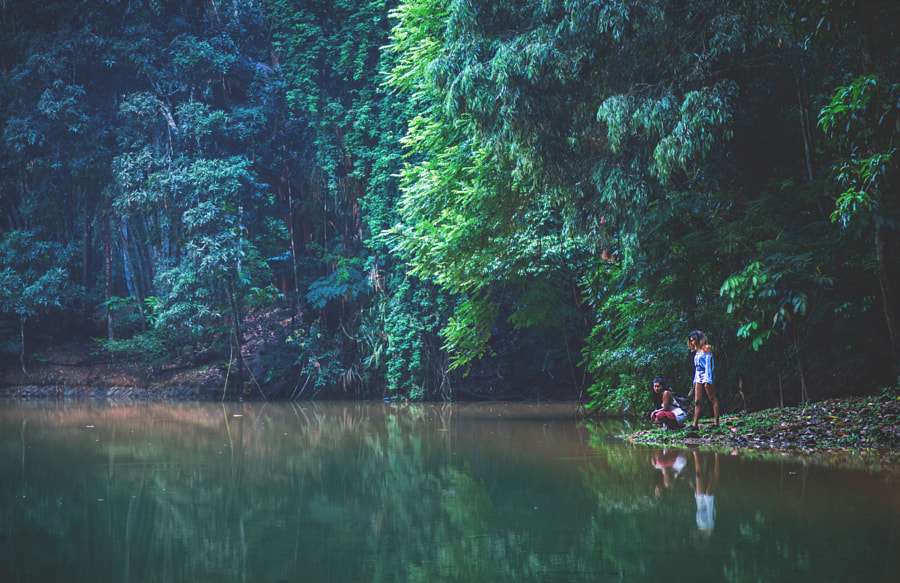
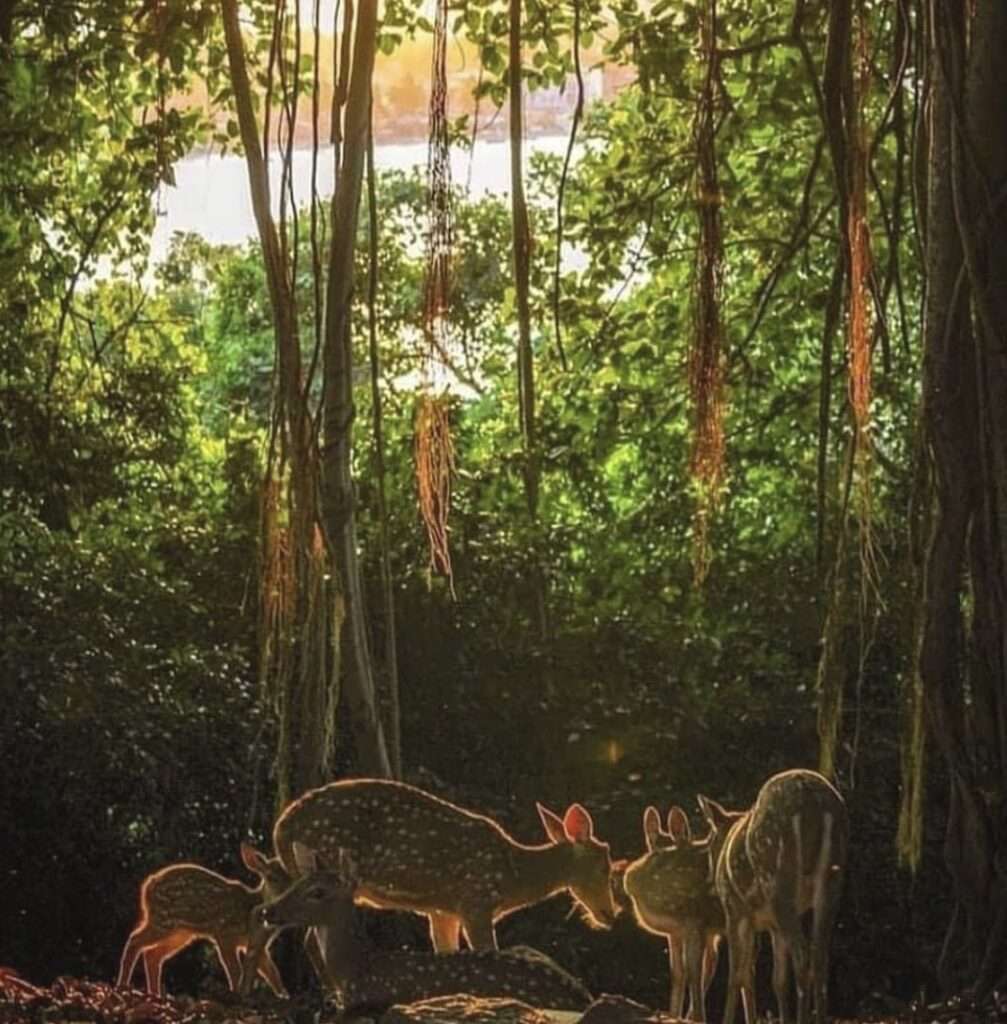
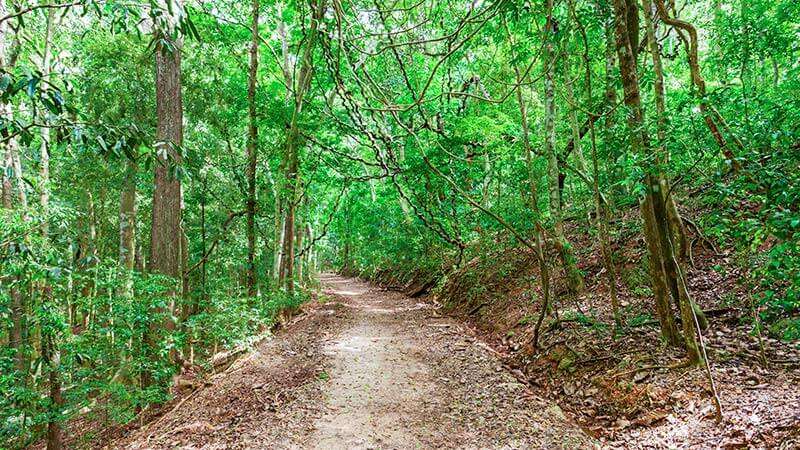

4. Cultural and Historical Sites
Amidst the verdant greenery, Udawatta Kele conceals several ancient cultural and historical sites. The Nilkambo Oruwa (Silver Temple Boat) is a captivating sight, featuring a stone boat-shaped structure that was once used for religious rituals. The Senkada Cave Temple, adorned with intricate murals and Buddha statues, is another treasure hidden within the sanctuary.
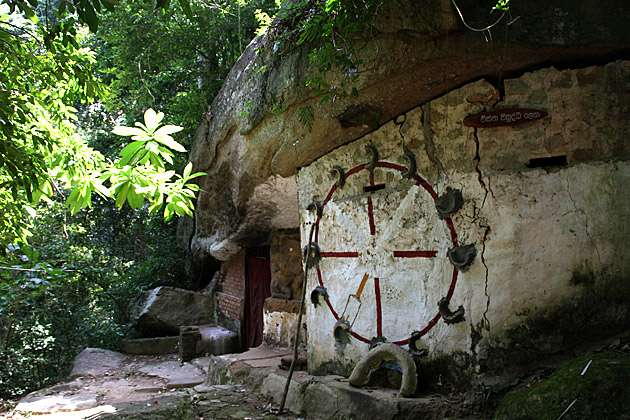
5. Conservation and Sustainability
Preserving the ecological balance of Udawatta Kele Sanctuary is of utmost importance. Local authorities and conservationists have undertaken significant efforts to protect and nurture the diverse ecosystem within its boundaries. Eco-friendly initiatives, such as waste management and sustainable tourism practices, contribute to the long-term preservation of this natural wonder.
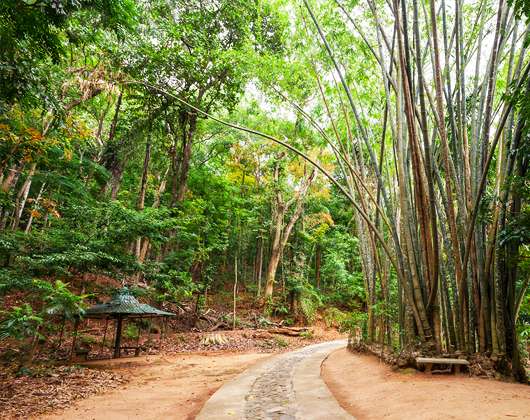
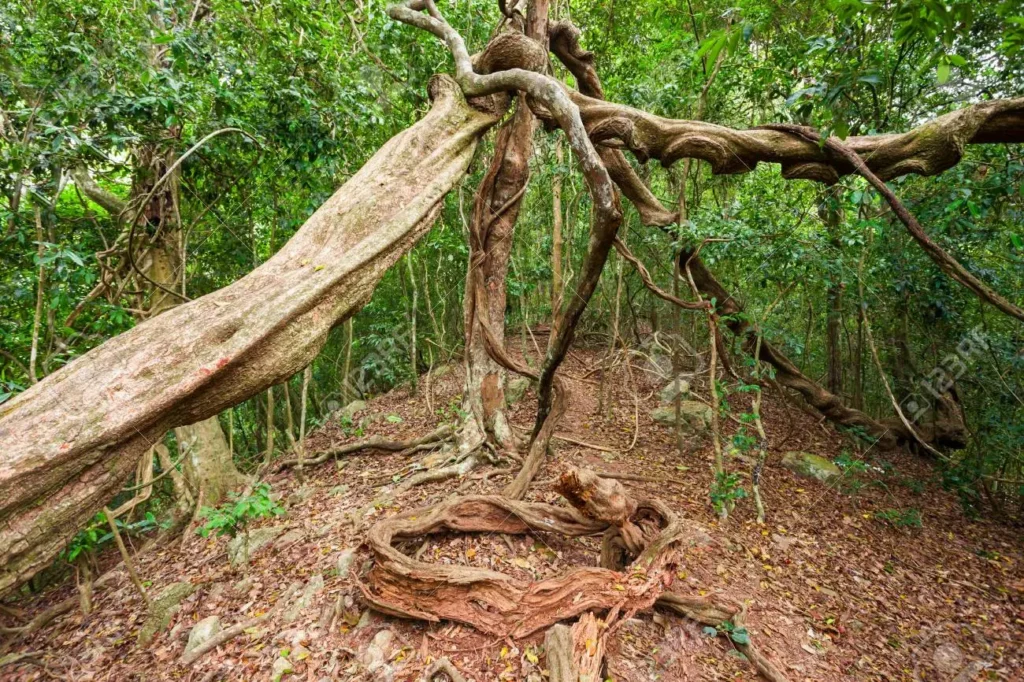
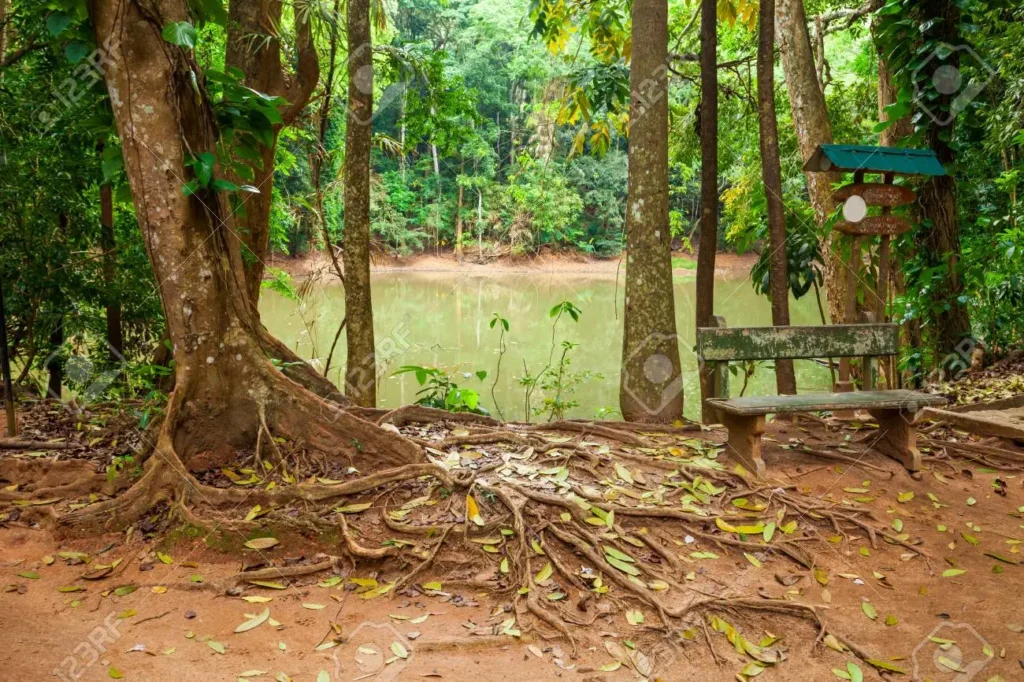
6. A Picturesque Picnic Spot
For visitors seeking relaxation and tranquility, Udawatta Kele Sanctuary offers an ideal spot for picnics. The serene ambiance, fresh air, and the soothing sounds of nature create an unforgettable setting for a peaceful day with loved ones.
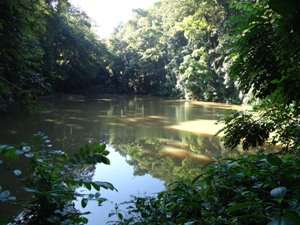
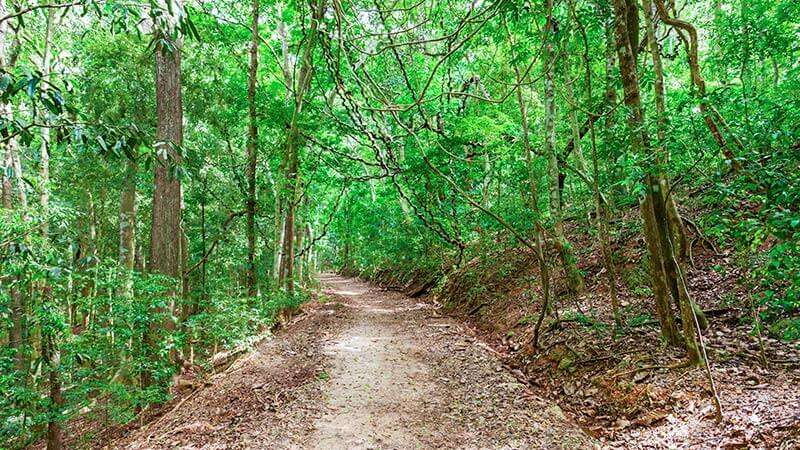
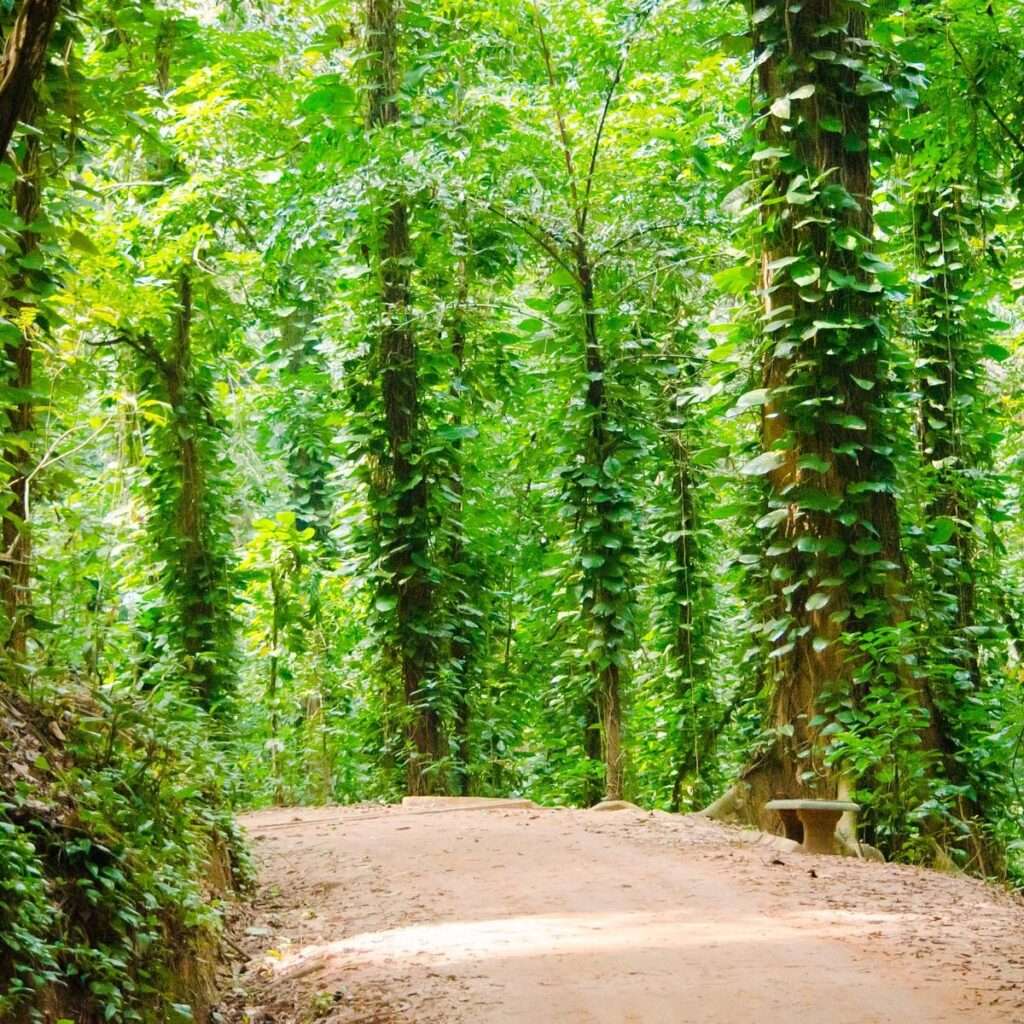
7. Best Time to Visit
The best time to explore Udawatta Kele Sanctuary is during the dry season, which runs from December to April. During this period, the weather is pleasant, and the chances of spotting wildlife are higher as they gather around the water sources.
8. Nearby Attractions
Kandy, the bustling city that surrounds the sanctuary, offers various other attractions for visitors. The Temple of the Sacred Tooth Relic, Kandy Lake, and the Royal Botanical Gardens in Peradeniya are just a few places that you can explore during your trip to this region.
9. Conclusion
In conclusion, Udawatta Kele Sanctuary in Kandy is a hidden gem waiting to be discovered. Its lush greenery, diverse wildlife, and cultural treasures make it a remarkable destination for nature lovers, history enthusiasts, and anyone seeking an enriching experience. By embracing sustainable practices and preserving its natural beauty, this sanctuary continues to captivate the hearts of all who venture into its embrace.
FAQs
1. Can I spot leopards within the sanctuary? While leopards are occasionally sighted in Udawatta Kele, they are elusive creatures and not commonly seen.
2. Are the trails suitable for families with young children? Yes, the sanctuary offers trails of varying difficulty levels, making it suitable for families with young children.
3. Is there an entrance fee to visit Udawatta Kele Sanctuary? Yes, there is a nominal entrance fee for visitors, and the proceeds go towards conservation efforts.
4. Are guided tours available within the sanctuary? Yes, guided tours are available, and they provide valuable insights into the sanctuary’s history and biodiversity.
5. Can I bring my own food for a picnic in the sanctuary? Yes, visitors are welcome to bring their own food for a delightful picnic amidst nature’s splendor.

